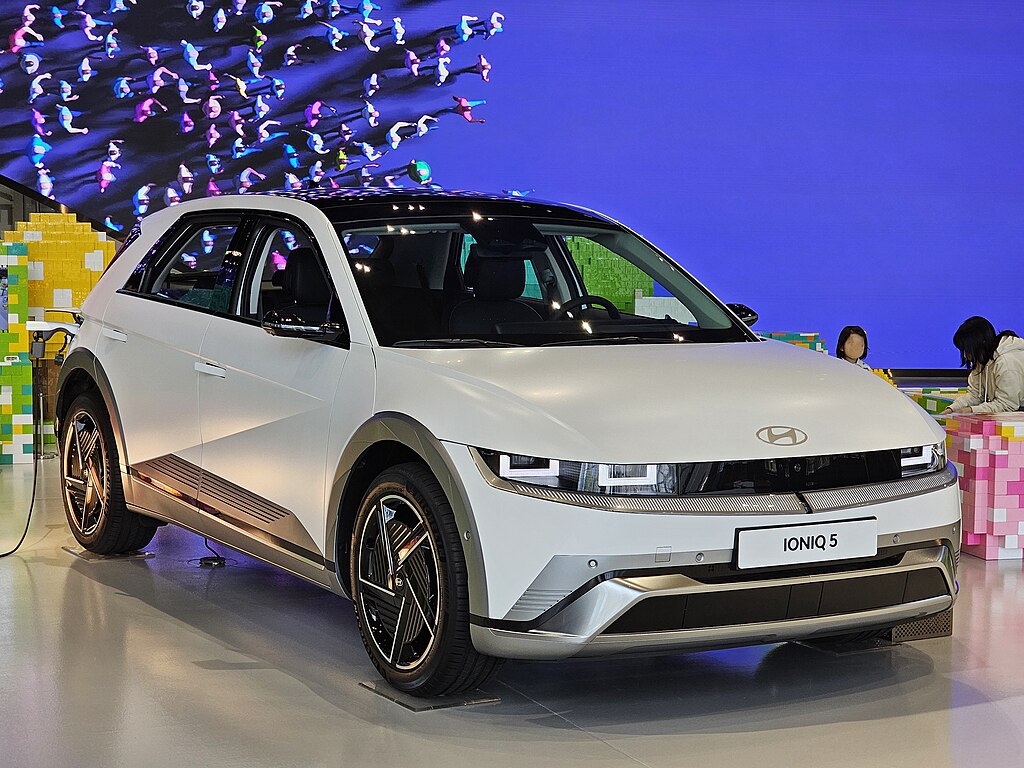Adaptive Camouflage: The Next Frontier in Automotive Design
Picture this: You're cruising down a bustling city street in your sleek sports car. Suddenly, the vehicle's exterior shifts, seamlessly blending with the urban landscape. This isn't science fiction; it's the cutting-edge world of adaptive camouflage in automotive design. As we delve into this revolutionary technology, we'll explore how it's set to transform not just the aesthetics of our vehicles, but their very functionality and interaction with the environment.

Initially, the focus was on developing color-changing paints that could switch between a limited range of hues. However, as nanotechnology and advanced materials science progressed, so did the possibilities for adaptive camouflage. Today, we’re looking at systems that can mimic complex patterns, textures, and even moving images, pushing the boundaries of what we thought possible in automotive design.
The Science Behind the Chameleon Effect
At the heart of adaptive camouflage technology lies a sophisticated interplay of materials science, electronics, and optical engineering. The most promising systems utilize a multilayered approach, combining several cutting-edge technologies:
-
E-ink displays: Similar to those used in e-readers, these can create patterns and images with low power consumption.
-
Thermochromic pigments: These change color in response to temperature variations.
-
Electroluminescent coating: This allows for the emission of light, creating vivid displays on the vehicle’s surface.
-
Flexible OLED panels: These can be molded to the car’s contours, offering high-resolution, dynamic displays.
-
Smart glass technology: This allows for instant switching between transparent, translucent, and opaque states.
The integration of these technologies creates a responsive skin for vehicles, capable of adapting to various stimuli and commands in real-time.
Beyond Aesthetics: Practical Applications of Adaptive Camouflage
While the visual appeal of a color-changing car is undeniable, adaptive camouflage offers far more than mere aesthetics. Let’s explore some practical applications that could revolutionize the automotive industry:
-
Enhanced Safety: Vehicles could increase their visibility in low-light conditions by brightening their exteriors or displaying warning signals directly on their bodies.
-
Environmental Efficiency: By changing color based on ambient temperature, cars could reflect more sunlight on hot days, reducing the load on air conditioning systems and improving fuel efficiency.
-
Personalization: Drivers could customize their vehicle’s appearance on-the-fly, expressing their personality or mood without the need for permanent modifications.
-
Privacy: The ability to switch to an opaque exterior could provide enhanced privacy when parked or in sensitive locations.
-
Dynamic Advertising: Fleet vehicles could display changing advertisements or information, creating new revenue streams for businesses.
Challenges and Hurdles in Implementation
Despite its exciting potential, adaptive camouflage technology faces several challenges before widespread adoption:
-
Cost: The advanced materials and electronics required are currently prohibitively expensive for mass-market vehicles.
-
Durability: Ensuring the longevity of these complex systems in harsh automotive environments is a significant challenge.
-
Power Consumption: While some technologies like e-ink are low-power, others require substantial energy, potentially impacting vehicle range and efficiency.
-
Regulatory Hurdles: Current automotive regulations may need to be updated to accommodate vehicles with rapidly changing appearances.
-
Cybersecurity: As vehicles become more connected, ensuring the security of these dynamic exterior systems becomes crucial.
The Road Ahead: Future Prospects and Industry Impact
As adaptive camouflage technology matures, we can expect to see its gradual integration into the automotive market. Luxury and performance car manufacturers are likely to be early adopters, using the technology as a differentiator in the high-end market. However, as costs decrease and efficiency improves, we may see this technology trickle down to mainstream vehicles.
The impact on the automotive industry could be profound. Traditional paint shops might evolve into high-tech facilities specializing in adaptive exterior installations. Car customization could shift from physical modifications to software updates and app-controlled appearance changes. Moreover, the line between vehicle and digital display could blur, opening up new possibilities for urban integration and smart city initiatives.
In conclusion, adaptive camouflage represents a paradigm shift in automotive design and functionality. As we move towards a future where our vehicles are not just modes of transport but dynamic, interactive extensions of ourselves, this technology stands at the forefront of automotive innovation. The road ahead is exciting, and the possibilities are as limitless as the colors and patterns these vehicles might display.





